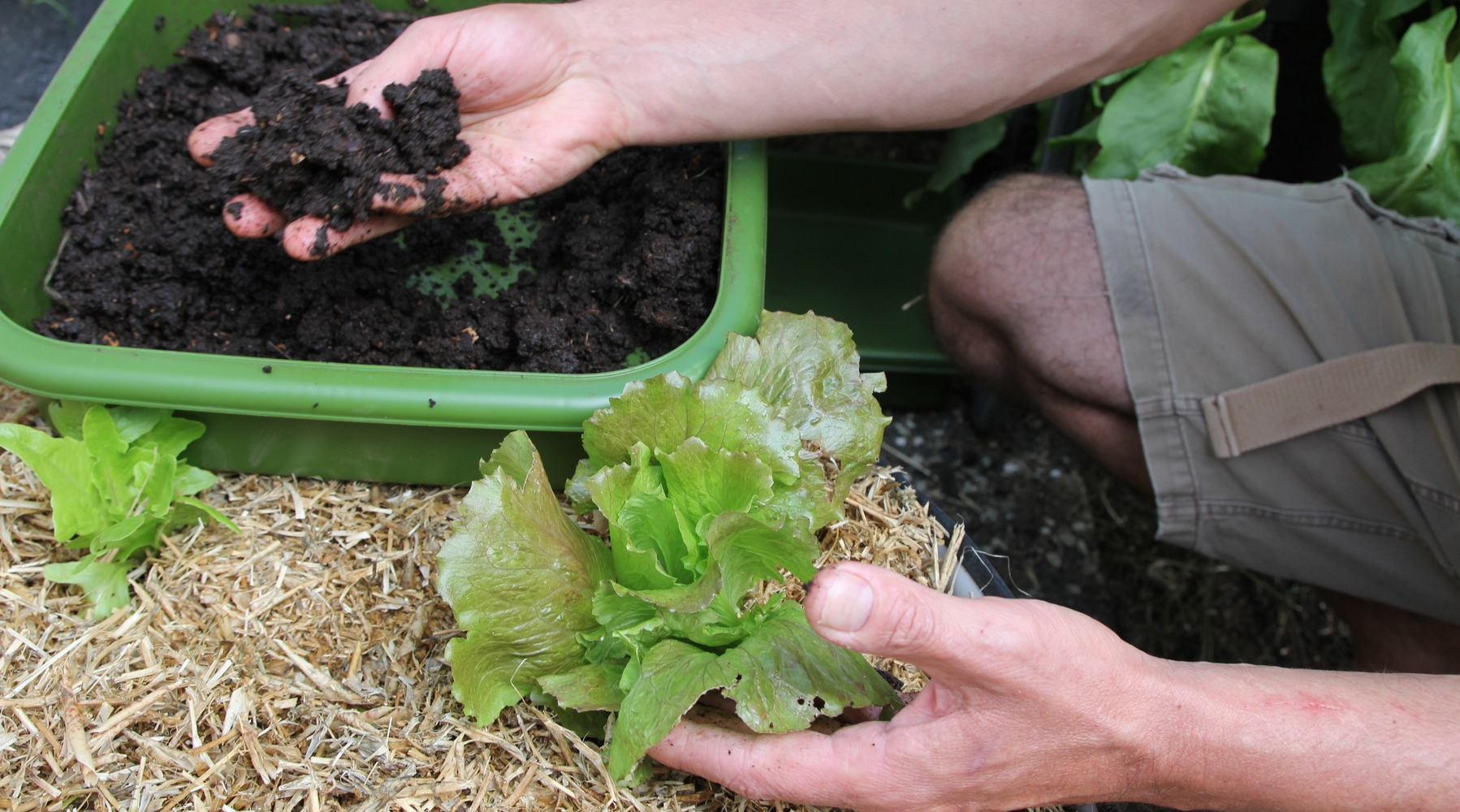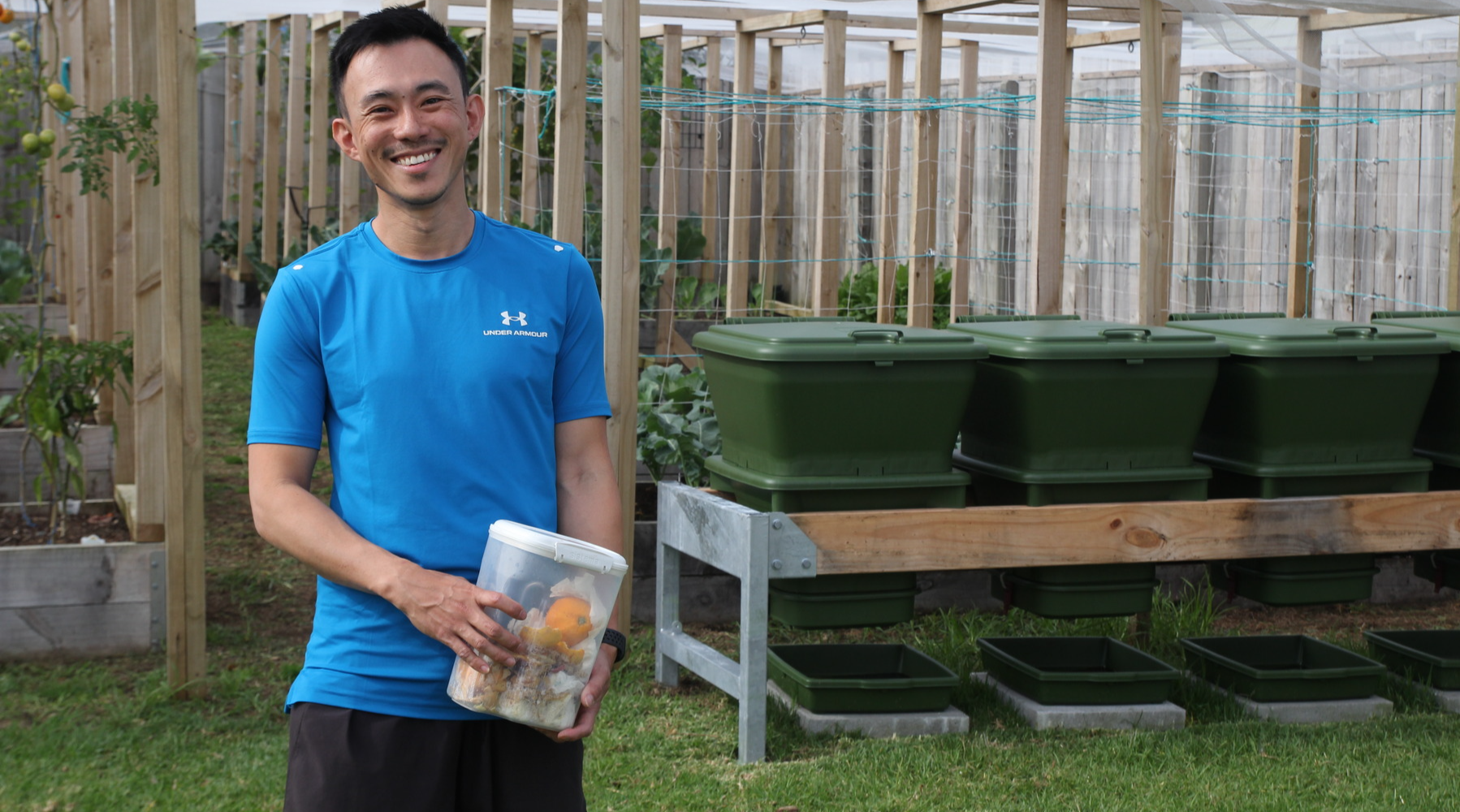Compost worms, nature's recyclers, thrive on a balanced diet. To ensure optimal performance from your Hungry Bin and the well-being of its resident compost worms, it's crucial to understand what to feed and what to avoid. In this guide, we'll delve into the culinary preferences of these industrious creatures and offer insights on maintaining a healthy and productive composting system.
The Worm's Palate: Likes and Dislikes: Compost worms have discerning tastes, and a varied diet is key to their well-being. Here's a breakdown of what they appreciate and what should be kept out of their menu:
Likes:
- Most fruit and vegetable scraps
- Pulp from the juicer
- Cooked food
- Tea leaves/bags and coffee grounds
- Crushed/ground eggshells
- Hair, vacuum cleaner dust, soiled paper, tissues, handy towels, shredded egg cartons, paper lunch wrap
- Shredded moist newspaper & cardboard
- Lawn clippings in small quantities (spray-free), weeds, clippings, prunings, dirt, and leaves
- Sawdust (untreated), wood ash
Dislikes:
- Citrus, acidic fruit skin
- Spicy foods, onion, garlic, leeks, capsicums
- Meat and dairy products
- Bread, pasta, and processed wheat products
- Shiny paper
- Fats or oils
Additionally, compost worms happily devour garden or yard waste and animal manure, but caution is advised when adding lawn clippings, as excess can cause heating issues. Ensure that animal manure added to the bin is free from anti-worm medications, as these can still be effective in the dung.
Feeding Guidelines: How Much and How Often: Proper feeding is a delicate balance. Follow these guidelines to keep your compost worms content and your bin operating at peak efficiency:
- Add up to 2.5cm of food per day.
- Ensure uneaten food does not exceed 5cm in depth.
- Only add more food as the previous batch is consumed.
Avoid overfeeding, as a fully functioning bin typically houses up to 3kgs (6.5lbs) of compost worms. They prefer to consume food as it begins to decompose but will steer clear of slimy, smelly scraps. Overfed bins result in rotting food, creating anaerobic conditions that hinder the worms' breathing and can lead to their demise.
Worms can consume approximately their body weight in food daily. Initiate feeding with a small amount each day and monitor for any accumulation of uneaten food. Chop up large food scraps to facilitate digestion. As the worm population multiplies, gradually increase the food supply, allowing the worms to breed and adjust to the expanding resource.
Bin Health Check: Regularly assess your Hungry Bin's health by examining the top layer. In a thriving bin, finished castings should be present 5-10cm below the surface, showcasing the worms' breeding success. Worm eggs in the castings signify ideal breeding conditions. Uneaten food should be limited to 5cm in depth, ensuring a harmonious environment for composting.
If uneaten food accumulates, pause adding new food until the worms catch up. Approximately 20cm below the surface, food should have transformed into high-quality worm castings with minimal odor. A mix of adult and juvenile worms indicates a flourishing population.
In the event of rotting food buildup, gently fork fibrous material into the top layer or, in extreme cases, remove the rotting food and restart the bin. Remember, it's better to underfeed than overfeed your worms.
In mastering the art of feeding your Hungry Bin, you not only foster a thriving composting ecosystem but also reap the rewards of nutrient-rich worm castings for your garden.
Check our FAQ for tips and a setup guide to start composting with Hungry Bin!



